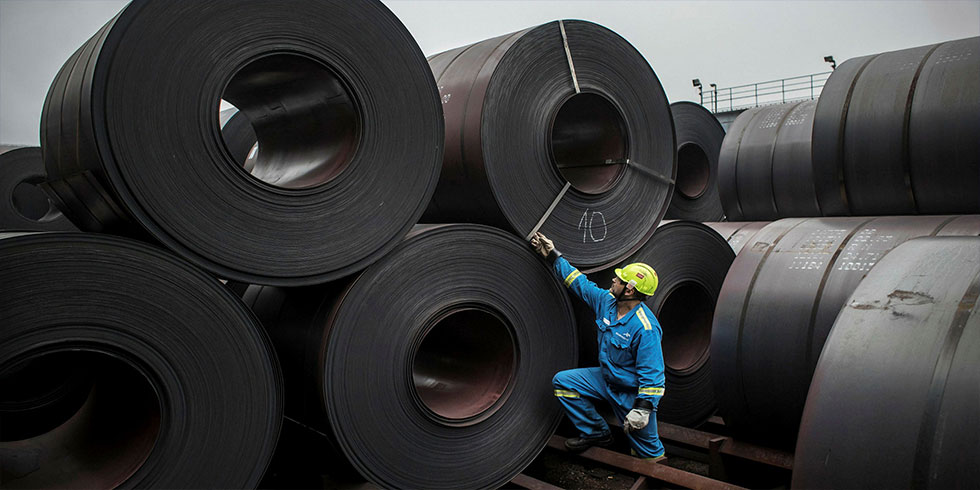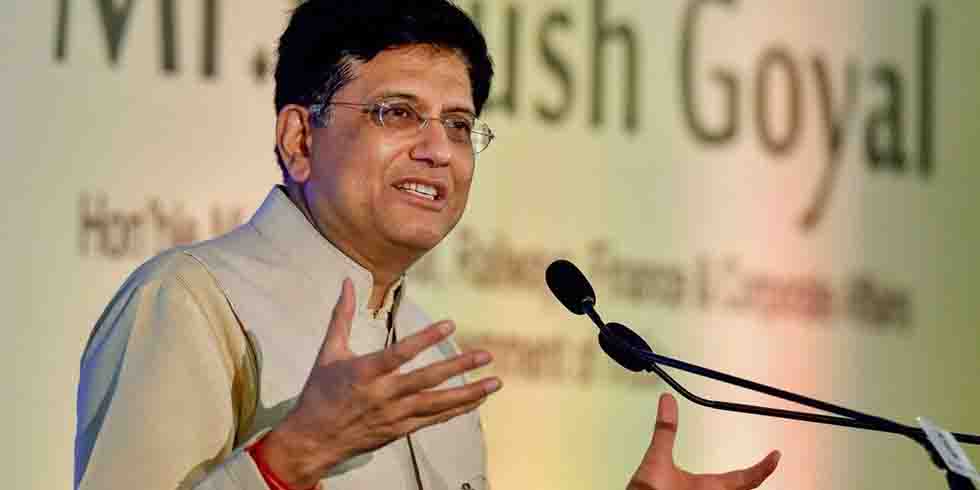India’s exports growth has been quite promising in the last few months despite the country facing the second wave of pandemic.
Recently FIEO analysis of trade data of the last 5 years , based on the figure of ITC, points to some of the areas of concern and some tremendously positive developing scenarios.
India is reported to be Africa’s third largest trading partner, which accounts for 6.4% of the continent’s total trade at a value of US$62.6 billion.
India’s exports to Africa are miscellaneous, ranging from machinery, mineral fuels to automobiles, pharmaceutical products, and cereals. Indian on the other hand predominantly imports mineral fuels from Africa.
It has been recently reported that India’s Global unwrought aluminium imports grew at a CAGR of 5% during 2015-19 whereas our exports surge at a CAGR of 31%. Iron & Steel global imports went up by a CAGR of 6% during 2015-19 while our exports grew at a CAGR of 14%. Ferro alloys global imports grew a CAGR of 10% during 2015-19 whereas India’s exports clocked a CAGR of 15% during the same period. Unwrought Lead, global imports moved at a CAGR of 7% during 2015-19 whereas India’s exports of the same ballooned by 30%.
Therefore the main export destinations for India in Africa consist of South Africa, Kenya, Egypt, Nigeria, Tanzania, Mauritius, Mozambique, Algeria, Ghana, and Ethiopia. Major African countries that India imports from include Nigeria, South Africa, Angola, Egypt, Morocco, Ghana, Algeria, Tanzania, Libya, and Botswana.
The investment opportunities, hence has a lot of scope for investments in establishing forward and backward linkages. Indian investments are currently concentrated on primary commodities such as building materials, manufacturing, oil, gas, mining besides automobile and pharmaceutical.
The African Continental Free Trade Area (AfCFTA), which commenced earlier this year in is expected to play a key role in mounting Indian trade and investment footprint in the African region and encourage domestic industrial enterprise in export-oriented manufacturing. It is reported that AfCFTA pact connects 1.3 billion people across 55 countries with a combined gross domestic product (GDP) valued at US$3.4 trillion.
The World Bank, states that full implementation of AfCFTA could boost pan-African income by 7%, or nearly US$450 billion. The agreement would also considerably expand African trade, and particularly intraregional trade in manufacturing.
Emerging avenues for India-Africa collaboration in trade and investment with upsurge in Exports










Add Comment